
| Recorded by: Jim Petranka, Becky Elkin, Nora Murdock, Marilyn Westphal on 2025-08-26
Rutherford Co.
Comment: | 
| Recorded by: K. Bischof on 2025-06-22
Transylvania Co.
Comment: |
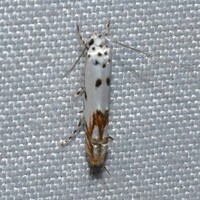
| Recorded by: Jeff Niznik on 2025-04-23
Orange Co.
Comment: | 
| Recorded by: Jeff Niznik on 2024-07-14
Watauga Co.
Comment: |
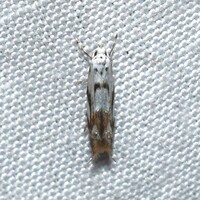
| Recorded by: Jeff Niznik on 2024-07-14
Watauga Co.
Comment: | 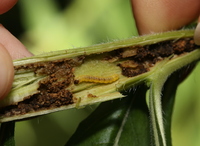
| Recorded by: David George, John Petranka on 2023-08-21
Durham Co.
Comment: |
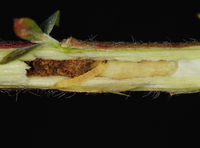
| Recorded by: Jim Petranka on 2023-08-19
Madison Co.
Comment: A larval chamber that was revealed by splitting the stem of Oenothera biennis. | 
| Recorded by: Jim Petranka on 2023-08-19
Madison Co.
Comment: A larva that was removed from a stem chamber on Oenothera biennis. |
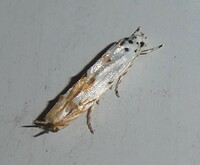
| Recorded by: Simpson Eason on 2022-07-16
Durham Co.
Comment: | 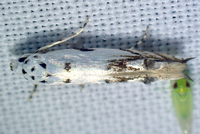
| Recorded by: tom ward on 2021-06-18
Buncombe Co.
Comment: |
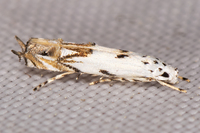
| Recorded by: Mark Shields on 2021-05-20
Onslow Co.
Comment: | 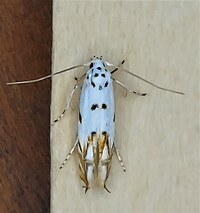
| Recorded by: Gary Maness on 2021-05-19
Guilford Co.
Comment: |

| Recorded by: Gary Maness on 2021-05-19
Guilford Co.
Comment: | 
| Recorded by: Gary Maness on 2021-05-02
Guilford Co.
Comment: |
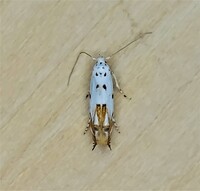
| Recorded by: Gary Maness on 2021-05-02
Guilford Co.
Comment: | 
| Recorded by: Gary Maness on 2020-05-24
Guilford Co.
Comment: |
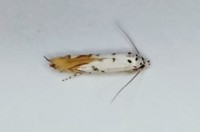
| Recorded by: Gary Maness on 2020-05-24
Guilford Co.
Comment: | 
| Recorded by: Gary Maness on 2020-05-16
Guilford Co.
Comment: |

| Recorded by: Gary Maness on 2020-05-16
Guilford Co.
Comment: | 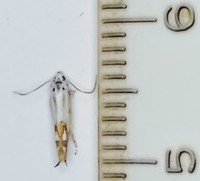
| Recorded by: Gary Maness on 2020-05-16
Guilford Co.
Comment: |
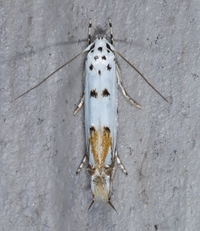
| Recorded by: Jim Petranka and Becky Elkin on 2020-05-15
Madison Co.
Comment: | 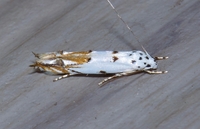
| Recorded by: Jim Petranka and Becky Elkin on 2020-05-15
Madison Co.
Comment: |
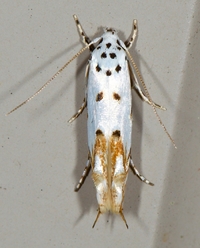
| Recorded by: Jim Petranka and Becky Elkin on 2019-06-04
Madison Co.
Comment: | 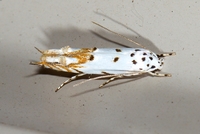
| Recorded by: Jim Petranka and Becky Elkin on 2019-06-04
Madison Co.
Comment: |

| Recorded by: Jim Petranka and Becky Elkin on 2019-05-21
Madison Co.
Comment: | 
| Recorded by: Jim Petranka and Becky Elkin on 2019-05-21
Madison Co.
Comment: |
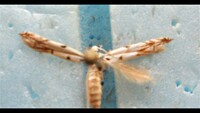
| Recorded by: Darryl Willis on 2016-06-12
Cabarrus Co.
Comment: | 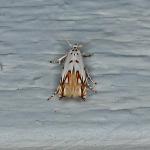
| Recorded by: T. DeSantis on 2012-05-06
Camden Co.
Comment: |
|

 »
»




 »
»


